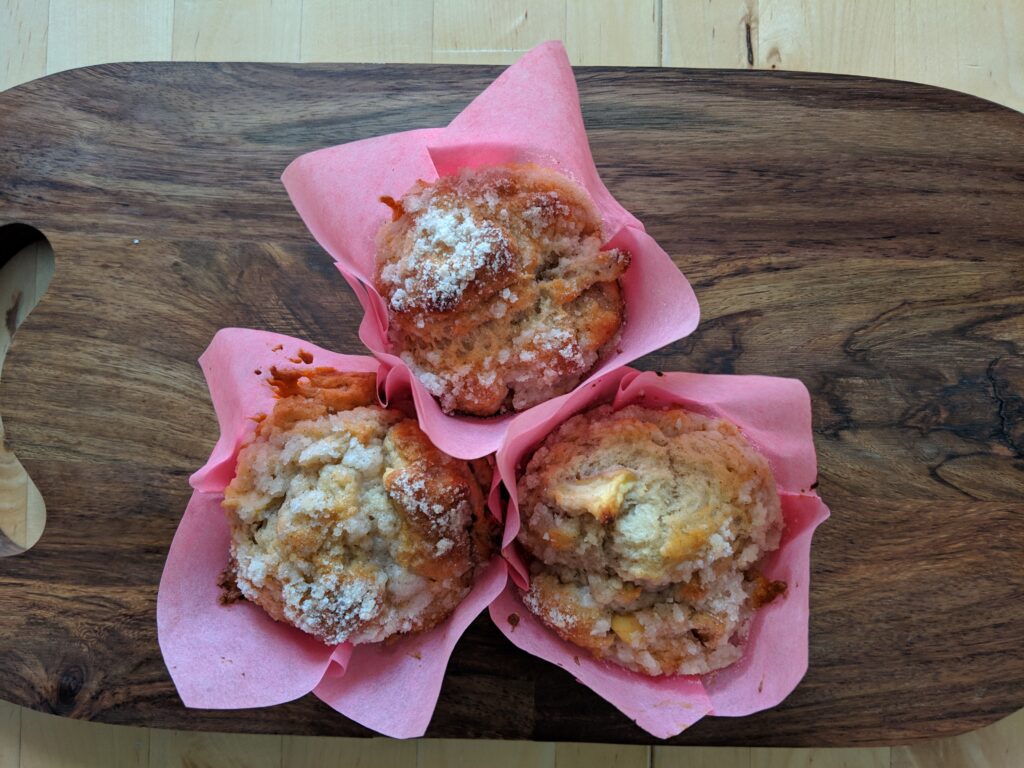What are whole grains?
Whole grains refer to cereals that contain all three original parts, bran (tough outer shell, dietary fiber), endosperm (soft main part of the seed) and germ (inner part of the seed where most of the fat, vitamins and minerals reside) in their original proportion after processing. Most wheat products (white flour, pasta, white rice) contain mainly endosperm (carbs) because both the bran and germ are removed during processing. When you remove the outer layer (bran) and inner layer (germ) you remove all the fiber and vitamins and minerals as well as healthy fats from the seed.
There are many benefits to consuming whole grains
Benefits of consuming whole grains include reduced risk of heart disease, stroke, type2 diabetes, obesity and chronic inflammation. Whole grain consumption also aids in keeping a healthy digestive tract and function. Studies are also linking whole grain consumption to reduced risk of many forms of cancer.
Gluten free diets do not need to mean whole grain free diets. Buckwheat, brown rice, oats (beware of contamination) and amaranth are good gluten free options for whole grains.
Simple ways to increase whole grains
In pancakes, waffles, cakes, muffins, and cupcakes use whole wheat pastry flour instead of white all-purpose flour. Whole wheat pastry flour is finely milled from soft white whole wheat and results in light baked goods. In most recipes your family will not even notice a texture or taste difference. No changes in quantity are needed. Use a one-to-one substitution. As with all whole wheat products you may need to increase the amount of liquid in your recipe, as whole wheat/grain flours tend to absorb more moisture (higher fiber content) than white flours.

In breads and yeasted products, experiment with substituting half the white flour with white whole wheat flour (not whole wheat pastry flour). Its lighter color and taste work well and will not overwhelm your baking creations. Since whole wheat flour is often lower in gluten forming proteins, and its “rough” texture interferes in gluten strand formation, you may need to add a small amount of additional water (to “soften” the grains) and increase proofing and rising times to get light results.
In Gluten-free baking, look for baking mix substitutes that use whole flour ingredients (brown rice flour, whole oatmeal flour and so on) rather than all processed ingredients.

Choose brown rice over white. Pressure cookers and rice cookers make it easy to make light, fluffy and not chewy brown rice. Expand your palette and try out some new grains such as buckwheat, quinoa, farro, spelt, bulgur, barley or wheat berries next time you need a side dish.
How do I know if the product I am using is whole grain vs. processed?
Sometimes it can be tough to tell if a finished product, or even ingredients, are whole grain or processed. The best way to determine if a product is a whole grain product, is to check the ingredients list for key words. Here is what to look for:
- Ingredients are listed by weight (or volume) on the food label so the higher the particular ingredient list the more of it there is.
- Look for the word “whole” in front of the ingredient such as “whole grain brown rice” or “whole wheat flour”
- Sometimes 100% whole grain is used as well.
- Just “wheat” does not imply it is whole wheat. “Wheat flour”, as the first ingredient in most bread, just means it was made with wheat rather than oat flour, as an example.
- If you see the word “enriched” after “wheat flour” you know that this is not a whole wheat product but a processed wheat flour product. Why? By law, flours processed where the germ is removed must have key micronutrients added back (enriched). The bran (or fiber) is not added back during enrichment. Whole grain flours do not need to be enriched because these micronutrients are not removed.
- Check the amount of dietary fiber in the product. Higher numbers generally indicate lower amount of processing (but are not a guarantee it is a whole grain product). Always check the ingredients.
- Do not rely on color to tell you if the product is whole grain. There are many brown wheat breads that are made with 0% whole grain flour. The “brown” color comes from molasses or color added to the dough to mimic the color of whole grain bread.
- Multi grain does not mean whole grain either. These products include white bread with color and a small number of seeds or other grains added in. These products provide minimal amount of the whole grain goodness you want.
Enjoy the many varieties of grains available
There are many delicious whole grain options available to us today. I hope you check out some new options whether in baked goods, side or main dishes. For more ideas visit wholegrainscouncil.org/whole-grains-101/whats-whole-grain/ancient-grains
My programs help you discover ways that you can seamlessly fit new foods or new ways to enjoy old favorites into your unique life. “Understanding Food Labels and Nutrition Claims” can help you make the most of the information available on food packaging, including identifying whole grains. Register today or check out all currently available programs and deals on the Programs and Services tab. You can also preview course content and register anytime on my online school dashboard.

